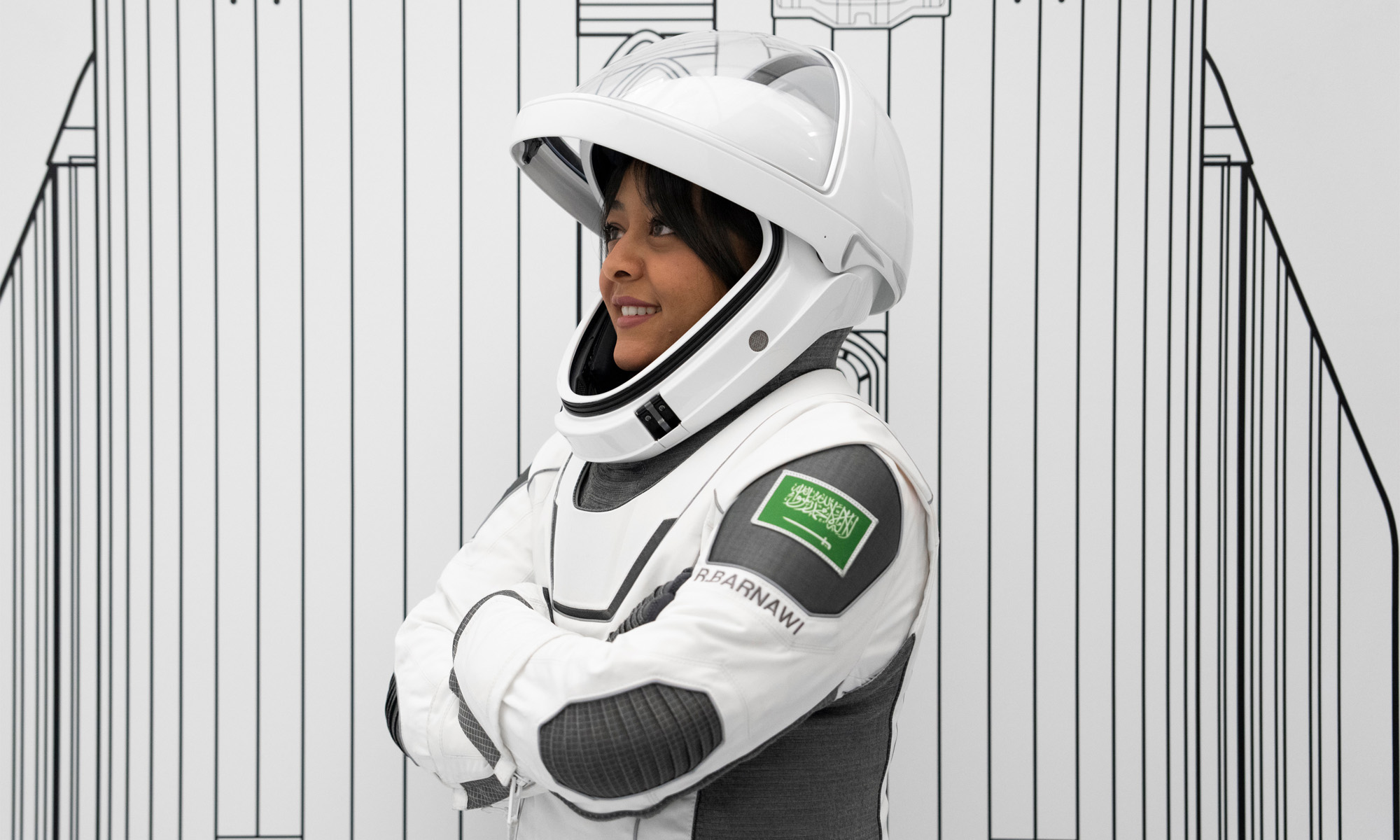News
Saudi Astronauts Make History As They Lift Off Into Space
Saudi astronauts Rayyanah Barnawi and Ali AlQarni arrived at the International Space Station today at 19:45 UAE time.

Rayyanah Barnawi has made history by becoming the first female Arab astronaut to enter space after blasting off from Kennedy Space Center Launch Complex 39A with Arab teammate Ali AlQarni.
The pair were joined by astronaut Peggy Whitson, along with business pioneer and pilot John Shoffner on the sixteen-hour journey to the International Space Station (ISS). They were welcomed aboard in a ceremony at 19:45 UAE time today, Monday, May 22, 2023.
The astronauts became Saudi Arabia’s first citizens to leave earth in nearly 40 years, after Saudi Prince Sultan bin Salman became the first Arab to go to space in 1985.
Also Read: Take A Balloon Journey To Space, Complete With Fine Dining!
The pioneers will spend eight days on the ISS alongside fellow Arab Sultan Al Neyadi from the United Arab Emirates — aka the Sultan of Space — who is embarking on a longer six-month-long space mission.
News
Google Releases Veo 2 AI Video Tool To MENA Users
The state-of-the-art video generation model is now available in Gemini, offering realistic AI-generated videos with better physics, motion, and detail.

Starting today, users of Gemini Advanced in the MENA region — and globally — can tap into Veo 2, Google’s next-generation video model.
Originally unveiled in 2024, Veo 2 has now been fully integrated into Gemini, supporting multiple languages including Arabic and English. The rollout now brings Google’s most advanced video AI directly into the hands of everyday users.
Veo 2 builds on the foundations of its predecessor with a more sophisticated understanding of the physical world. It’s designed to produce high-fidelity video content with cinematic detail, realistic motion, and greater visual consistency across a wide range of subjects and styles. Whether recreating natural landscapes, human interactions, or stylized environments, the model is capable of interpreting and translating written prompts into eight-second 720p videos that feel almost handcrafted.
Users can generate content directly through the Gemini platform — either via the web or mobile apps. The experience is pretty straightforward: users enter a text-based prompt, and Veo 2 returns a video in 16:9 landscape format, delivered as an MP4 file. These aren’t just generic clips — they can reflect creative, abstract, or highly specific scenarios, making the tool especially useful for content creators, marketers, or anyone experimenting with visual storytelling.
Also Read: Getting Started With Google Gemini: A Beginner’s Guide
To ensure transparency, each video is embedded with SynthID — a digital watermark developed by Google’s DeepMind. The watermark is invisible to the human eye but persists across editing, compression, and sharing. It identifies the video as AI-generated, addressing concerns around misinformation and media authenticity.
While Veo 2 is still in its early phases of public rollout, the technology is part of a broader push by Google to democratize advanced AI tools. With text-to-image, code generation, and now video creation integrated into Gemini, Google is positioning the platform as a full-spectrum creative assistant.
Access to Veo 2 starts today and will continue expanding in the coming weeks. Interested users can try it out at gemini.google.com or through the Gemini app on Android and iOS.





















